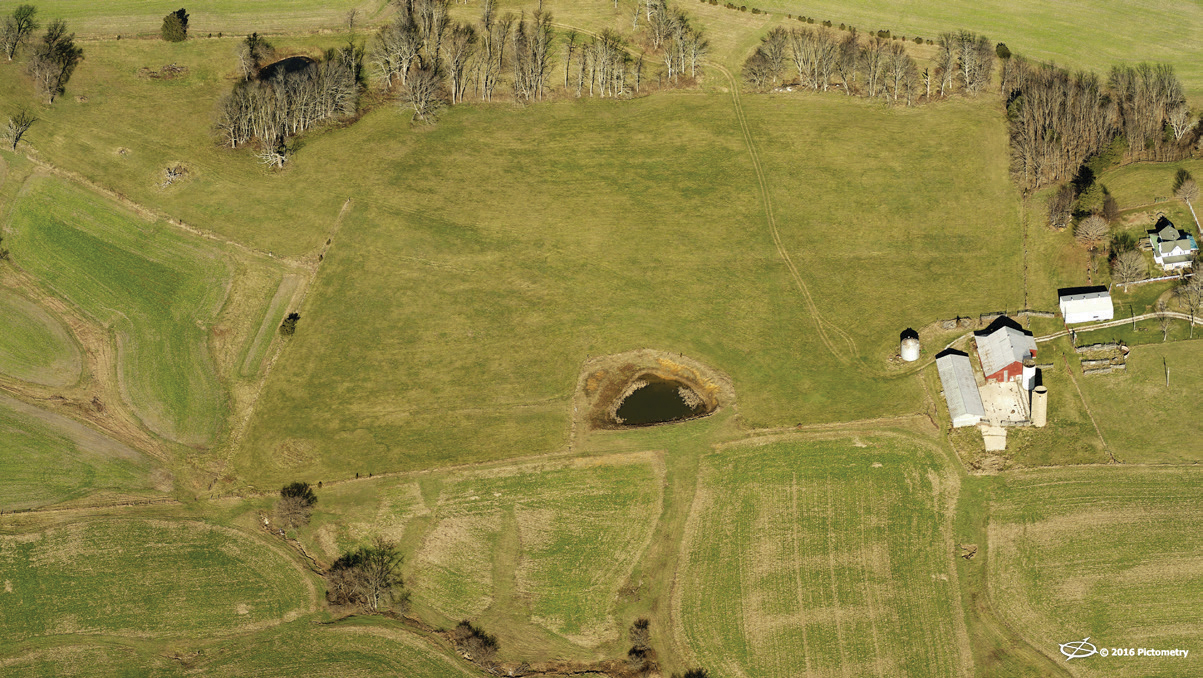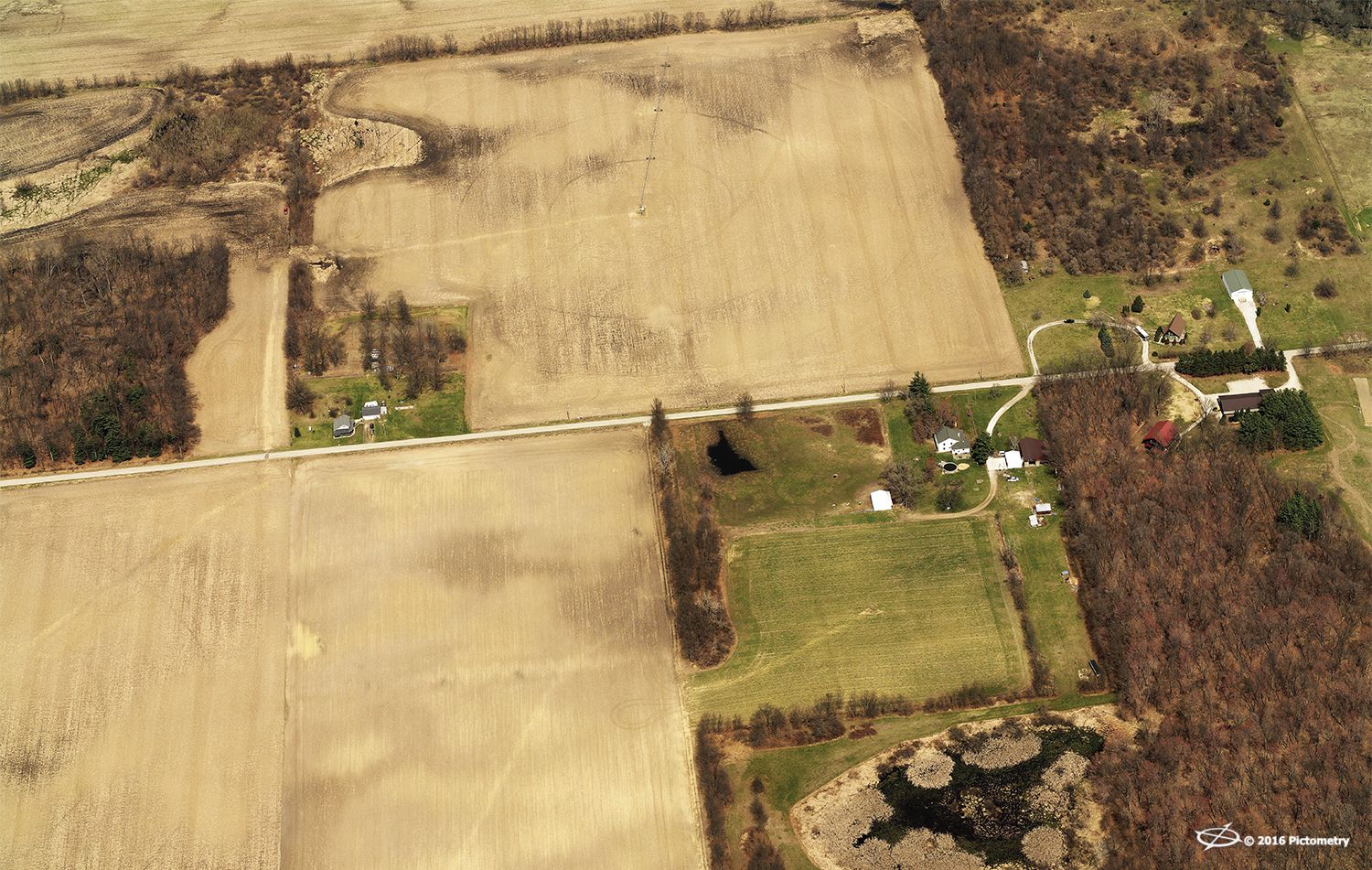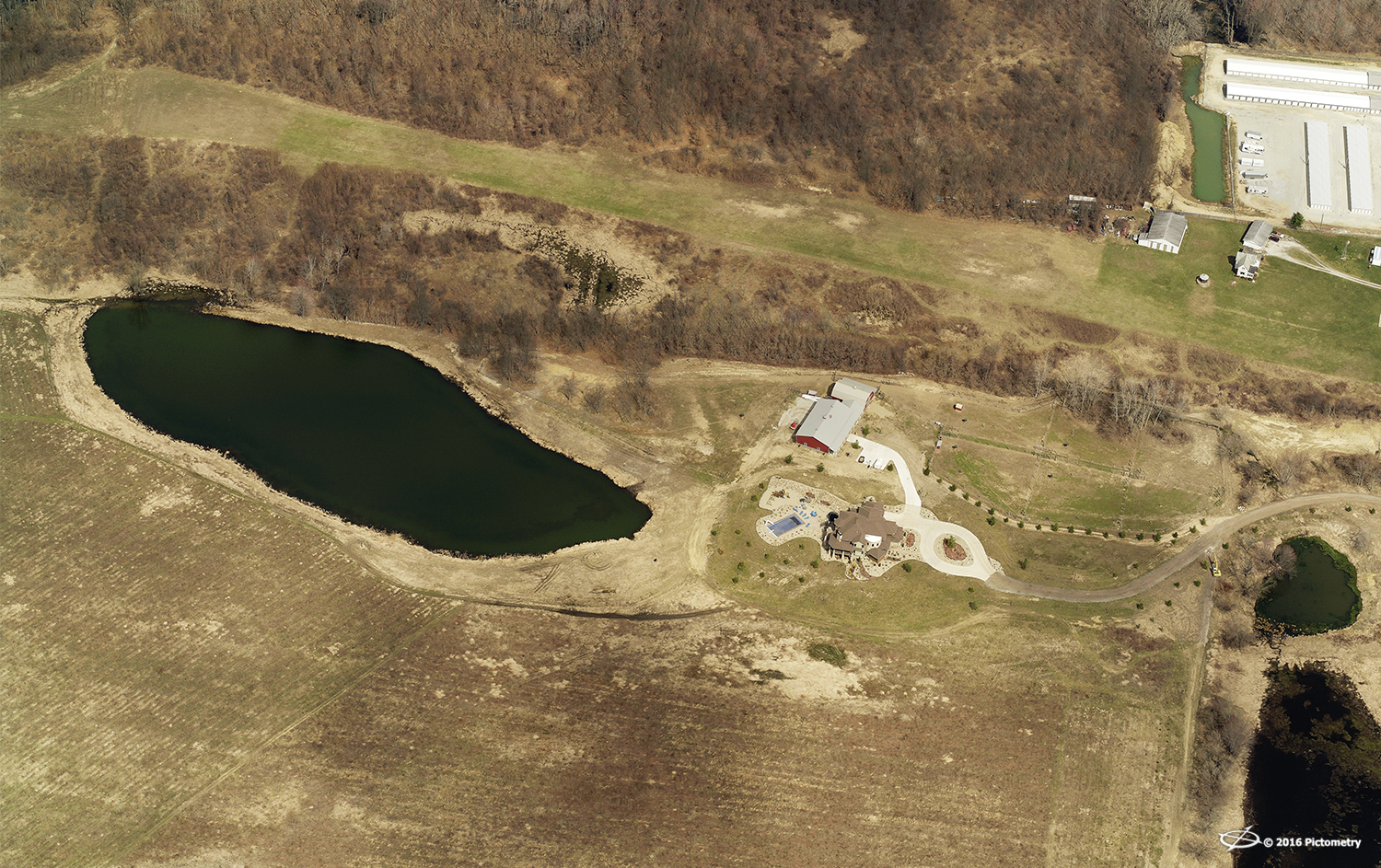With one-third of the world’s land categorized as agricultural, assessors face obstacles when reviewing and assessing rural areas. Many communities in Indiana, which are largely agricultural, create challenges for assessors who need to track changes and new constructions in their counties.
“Rural areas offer a unique challenge in terms of assessing and gathering data,” commented Robert Locke, Senior Vice President of Government Sales at EagleView. “We are focused on providing imagery and data to meet every jurisdiction’s need. There are extremely different assessment challenges when comparing urban areas to rural areas, but that is where aerial imagery and change detection data can make a real difference.”
EagleView® (formerly known as Pictometry®) works with counties to not only provide aerial imagery but to deliver important software, data, and GIS support to make that imagery valuable on multiple levels. Whether for assessment, public safety, land use, or tourism, counties are finding a wealth of knowledge and data by utilizing EagleView's imagery.
 “The undocumented buildings were a liability for the assessment office but also of great concern to public safety and other county departments,” stated Jason Cockerill, Washington County Assessor. “EagleView technology is critical to our county in discovering unreported value and undocumented structures.”
Property owners who don’t file construction permits for new buildings or expansions typically do so to avoid paying higher taxes. Yet for assessors to conduct fair and equitable assessments on all properties in the region, they need to know if anything has changed for each parcel of land.
“We have large segments of specialized agriculture,” Cockerill continued. “We had to incorporate additional review systems since many times permits are not pulled for new construction.”
Cockerill noted that it is not only an assessment issue but a public safety concern. If the county is not aware of additional structures, it can affect public safety officials, including those in fire safety, crime, and disaster response.
“We believe that the aerial imagery and ChangeFinder data are essential in staying current to the construction and remodeling that is happening throughout the county,” Cockerill said.
“The undocumented buildings were a liability for the assessment office but also of great concern to public safety and other county departments,” stated Jason Cockerill, Washington County Assessor. “EagleView technology is critical to our county in discovering unreported value and undocumented structures.”
Property owners who don’t file construction permits for new buildings or expansions typically do so to avoid paying higher taxes. Yet for assessors to conduct fair and equitable assessments on all properties in the region, they need to know if anything has changed for each parcel of land.
“We have large segments of specialized agriculture,” Cockerill continued. “We had to incorporate additional review systems since many times permits are not pulled for new construction.”
Cockerill noted that it is not only an assessment issue but a public safety concern. If the county is not aware of additional structures, it can affect public safety officials, including those in fire safety, crime, and disaster response.
“We believe that the aerial imagery and ChangeFinder data are essential in staying current to the construction and remodeling that is happening throughout the county,” Cockerill said.
Finding change by tracking new constructions
Washington County, Indiana, is one such county. This 517-square-mile region has a population of over 28,000 and has continually commissioned aerial flights along with change detection analysis and data. EagleView imagery has been critical for Washington County due to its large number of farms. Assessment professionals use ChangeFinder™ data to confirm construction projects being completed without proper permits in remote agricultural areas.
Washington County, Indiana



